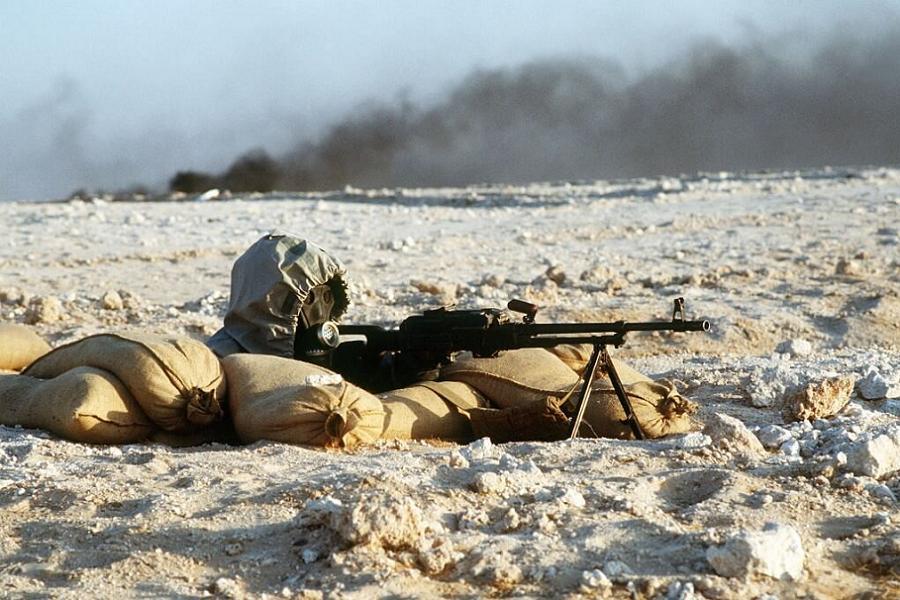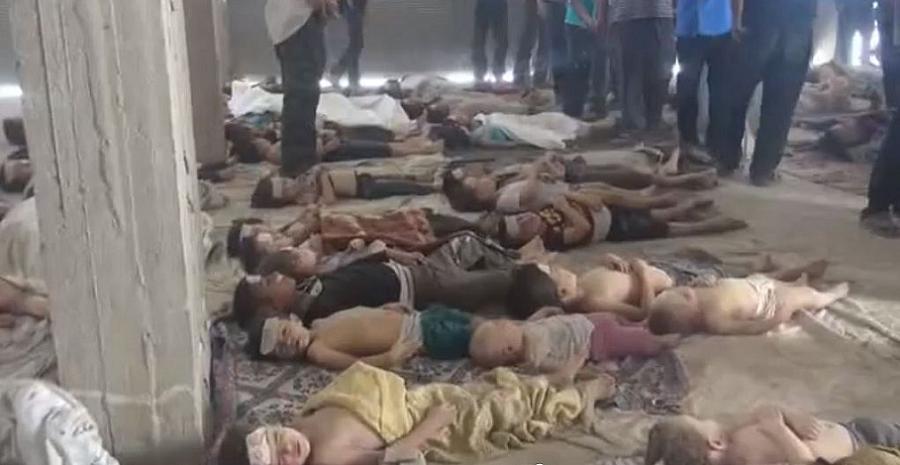Chemical Weapons In Syria

Wikimedia Commons
With all of this horror in the public record, you’d think that modern forces would show a little discretion with the choice to deploy chemical weapons. You would be wrong. Now that the scientific know-how to make these weapons has spread around the world, poison gas has never been easier to develop and deploy — and contemporary Syria is a prime example of that.
Gas attacks started in Syria almost as soon as the Assad regime felt the halter drawing around its neck. Eastern Syria totally collapsed into street-level warfare by the middle of 2011, with mostly Sunni militias fighting to overthrow Assad’s Shiite government.
The fighting was gruesome from the beginning, with prisoners routinely tortured and executed to sow terror on all sides. In 2013, Assad began dropping gas on rebellious areas all over the country. Starting with chlorine and escalating into nerve gas, what remained of Syria’s government began hitting both Sunni rebel and Kurdish strongholds. Casualties were generally low, though one attack at Zamalka in August 2013 reportedly killed over 700 people.
Both Russian and American governments responded to the atrocities by threatening intervention against Assad if he didn’t turn over his whole stockpile. By all accounts, Assad’s government was grateful for the chance to hand over the gas, rather than face overthrow. As of 2016, the Syrian Army doesn’t seem to have employed poison gas on civilians anymore.
That hasn’t stopped ISIS, however. Never ones to let a good crime against humanity slip by without getting some killing done themselves, the Islamic State has begun manufacturing and deploying mustard gas against its enemies.
It seems unlikely that ISIS will ever respond to the kind of pressure Assad was vulnerable to, so the attacks continue with the latest strike (as of this writing) being an April 7, 2016, attack on Aleppo that killed around 23 people. There’s no end in sight.
Next, read about these devastating war crimes and evil medical experiments.






